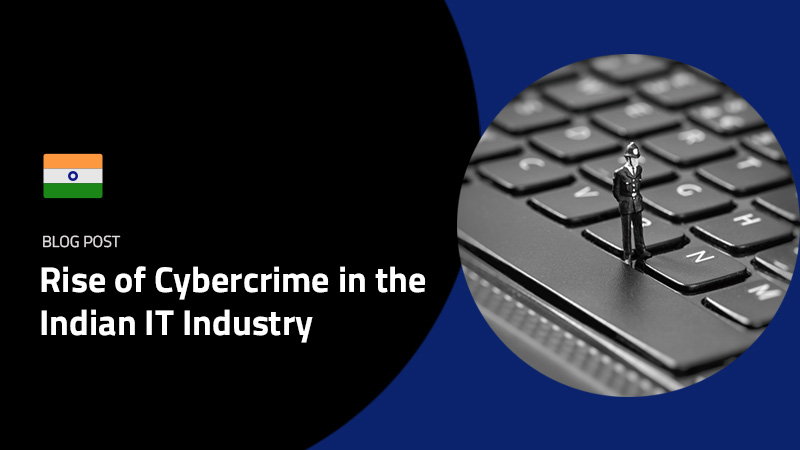A study by the Centre for Economics and Business Research estimated smoking breaks alone are costing the UK $14.5 BILLION per year – “The average British smoker takes four smoking breaks during the work day, lasting around 10 minutes each…this equates to 136 hours of lost productive time every year for the average smoker – costing the average business 1,522 pounds (around $2,537) in unproductive wages…”
Executive Summary
Smoking – A Summary of Productivity Issues
- Most employers either lack or fail to enforce policies relating to cigarette breaks.
- Over a year smoking employees accumulate approximately one week of extra break time over non-smoking colleagues.
- Direct costs to employers are the equivalent of ~2% of the cost of the employee.
- Smoking breaks affect the morale and productivity of nonsmokers as well due the perceived unfairness the additional break time smokers are granted.
Solving The Smoking Paradigm – Solutions
- Companies should publish clear policy guidelines regarding breaks in general and smoke breaks in particular. These should be included in employee handbooks, orientations, etc.
- Break time should be managed consistently for all the workforce.
- Policy violations must be handled fairly and consistently.
- Employee monitoring software allows employees and employers to:
- Set and enforce company break time policies.
- Easily monitor break time allotments and usage.
- Reduce HR handling and confrontation and move break time management to be self regulated for employees
The Smoking Break Paradigm
Most employees are entitled to breaks throughout the workday. As long as their break does not interfere with their work obligations, what an employee chooses to do on his or her break time is their business.
That being the case, it’s very difficult for an employer to stop an employee from smoking during their lunch or coffee break, and policies that discriminate against hiring smokers are illegal in most jurisdictions we’re aware of.
Employers can demand their smoking staff not take extra breaks, however most will not.
Most employers adopt a laxer approach allowing staff smoking breaks because:
- Forcing restrictions damages morale.
- Allowing smoke breaks, within reason, is perceived as a tolerable cost.
The reality is that most employers are entirely unaware of the true cost of smoking breaks, because if they did, attitudes would likely be very different…
How do Smoking Breaks Impact productivity?
The Numbers
- Smokers spend 45 minutes away from work per day – nearly four hours per week.
- A study for Voucher Codes Pro found workers who take smoke breaks “…work a whole week less than their non-smoking colleagues each year…”
- Nearly half of all working smokers polled (46%) thought smoking improved their work performance as it relieved stress and provided a chance to chat with colleagues.
The numbers quoted above for lost time only relate the direct costs to productivity.
They don’t include or account for additional time smokers are likely to miss due to their general propensity to poorer health.
How Much Are Employee Smoking Breaks Costing You?
All of that lost productivity translates into pretty big numbers when you add it all up.
Costs are of course directly influenced by the percentage of smokers within the workforce, and the total headcount.
“Smoke breaks may be costing employers more than they think, with U.K. businesses losing around $14.50 billion a year…” – The Centre for Economics and Business Research
Solving The Smoking Paradigm
Once employers acknowledge the issues related to smoking breaks, solving them becomes simply a matter of setting policies, ensuring they’re clear to the workforce, and putting in place processes and tools for enforcement.
Your company’s employee handbook and orientations should reflect on breaks in general and smoking breaks in particular. It’s your managers’ and HR department’s responsibility to ensure these are being followed.
Employee monitoring software can be extremely effective at ensuring compliance with these policies in a non-confrontational manner.
What is employee monitoring software?
Before we dive into how this can be achieved it’s worth taking a moment to understand what employee monitoring software is…
Employee monitoring software is any software that allows company administrators to keep tabs on employees’ activities and work schedule. These platforms track employees’ attendance, computer activity, web-browsing etc. and are quite effective at monitoring productive vs. non-productive work time – especially for knowledge workers, and employees who work primarily with computers.
Why use Employee monitoring software?
As we’ve already seen, unmonitored break time, such as smoking breaks has serious financial implications. Employee monitoring software not only helps eradicate this hidden cost, but also provides further protection by preventing time wasted on frivolous websites, access to objectionable content, etc.
This is no slight matter – as we’ve mentioned here before – employees accessing pornographic, libelous, or offensive content on company PCs can put your business at serious risk for legal action.
“Everything your team does on company time–and on company resources–matters”
The benefits don’t end with monitoring break times and web browsing.
Other consequences may be far graver than a mere dent in productivity or a some legal hot water. Employee monitoring software is an important component of maintaining a healthy network and preventing IP theft. Employees may, unintentionally or maliciously:
- Expose your network to malware and viruses.
- Reveal proprietary information thus jeopardizing business strategy, customer confidentiality, data integrity, etc.
Employee Monitoring Best Practices
It should go without saying that employee monitoring ought to be just one component in a comprehensive strategy to protect your business and maintain productivity. Once you’ve made the choice to monitor, you should follow these general guidelines to ensure your success.
Be forthright: nobody likes being spied on unwittingly. Unless you think someone on your team poses a serious threat that requires covert monitoring, it’s best to be up front with staffers about what you track and why. Many companies accomplish this with a simple statement in the employee handbook telling workers plainly that everything they do on company computers, including individual keystrokes, can and will be tracked.
Letting employees know that their behavior is being monitored can serve as a powerful deterrent against unwanted online activity.
Filter proactively: Robust endpoint-security tools include web and e-mail content filters that can block inappropriate sites and prevent users from sending or receiving files that can jeopardize your business.
Use them!
By limiting the ways your staffers can get into trouble, you can prevent problems up front.
Check reports regularly: There’s little point in generating usage reports if you’re not going to look at them. Take the time to at least spot-check the reports your monitoring software generates so that you can identify potential problems early and take remedial action. Whatever you discover—whether it’s a time-wasting website that everyone is watching this week or a single person who is addicted to solitaire—you can often fix problems with a simple e-mail that tells your team you know what’s up:
“…Just a reminder, people: Chatroulette is not an appropriate use of company time…”
Why Employee Monitoring Software?
Employee monitoring software is the best way to monitor, track and manage employee breaks. If you want to generate awareness for the amount of breaks employees take in your organization (smoking and others), and gain insights into how this is impacting productivity and income please visit the Digital Endpoint website.






